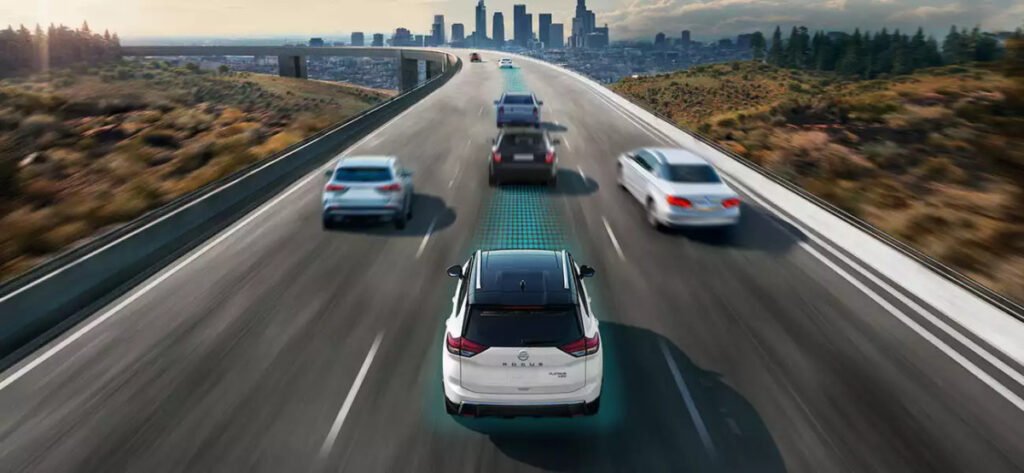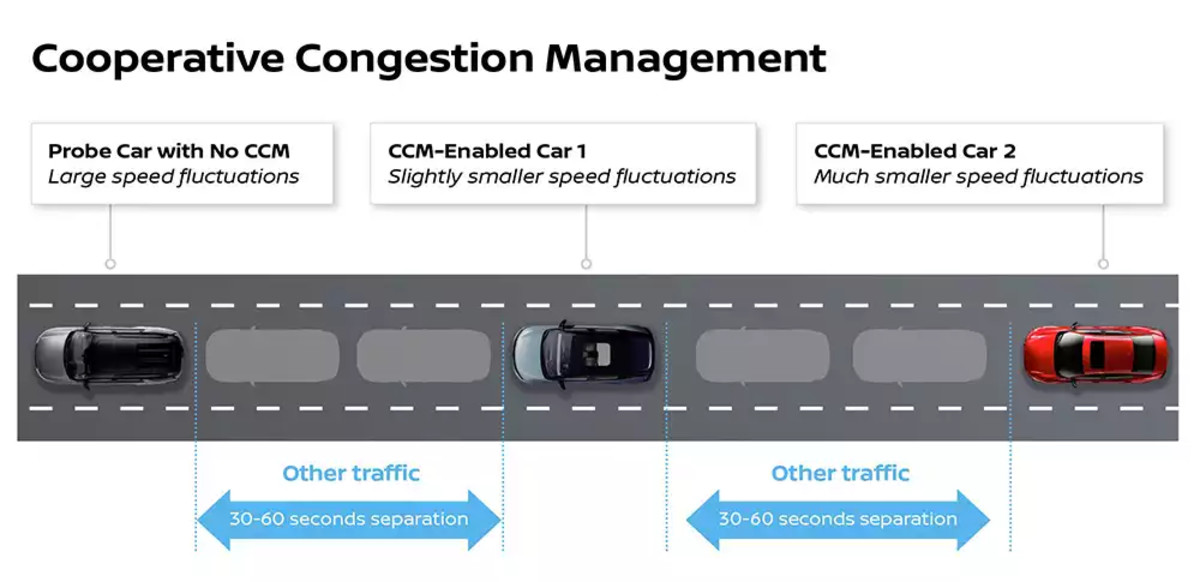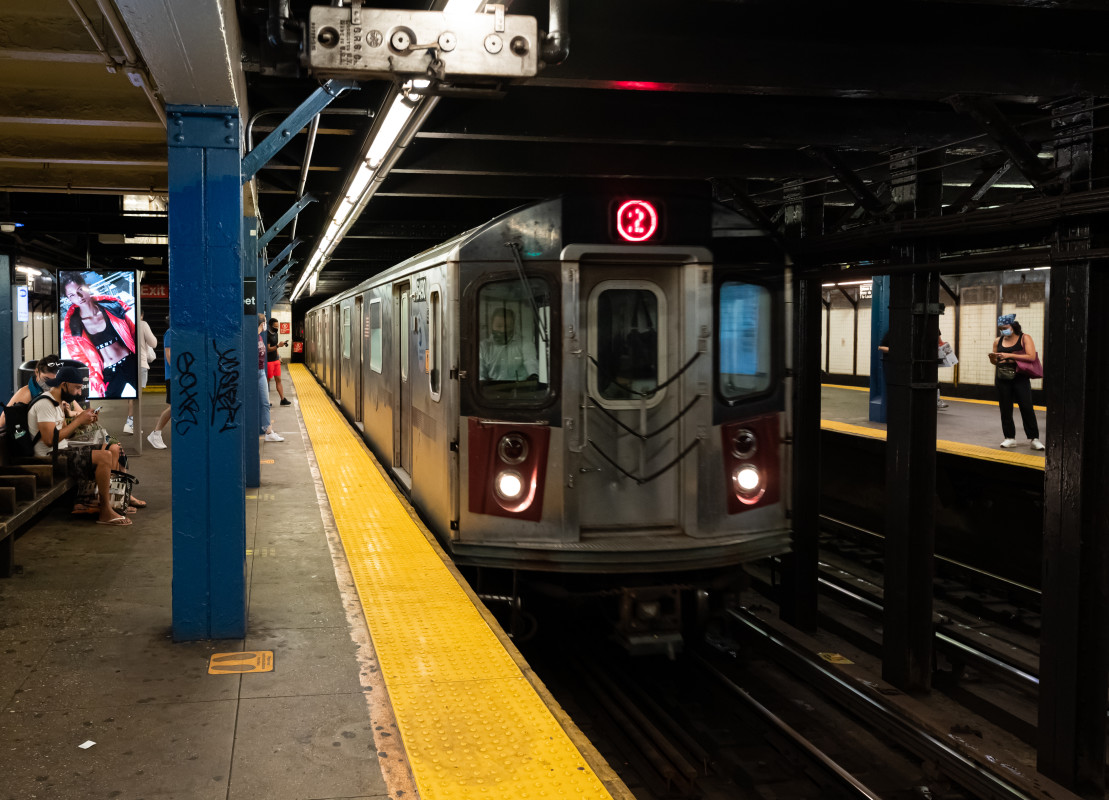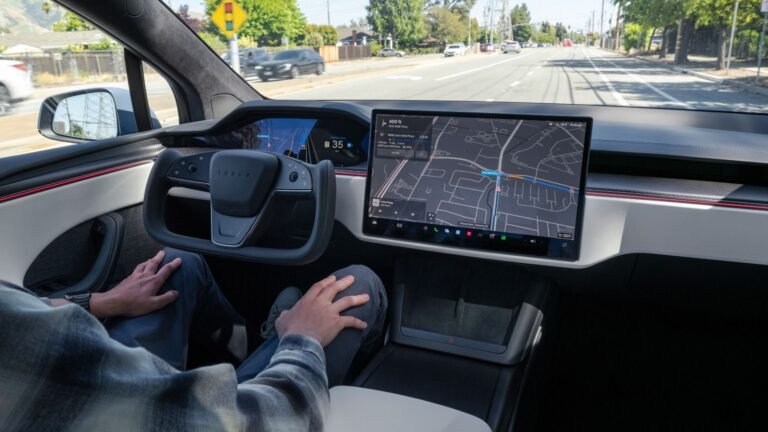
Nissan (rightly) points out that the average American spends way too much time in traffic. The company cites a CNBC story that estimates most Americans spend about a week every year in traffic, cumulatively. In light of that, Nissan has some up with a pretty clever way to try and reduce congestion. But we imagine this won’t be an easy sell.
Nissan Aims To Cut Traffic By Coordinating Traffic
Nissan
In partnership with Contra Costa Transportation Authority (CCTA) and the University of California, Berkeley, a team at Nissan’s Advanced Technology Center in Silicon Valley, Nissan developed a method of “innovative inter-car communication” that it says could reduce congestion by coordinating the speeds of cars in traffic. Nissan calls it Cooperative Congestion Management (CCM). In other words, Nissan knows what transportation engineers have known for a very long time: traffic is in part caused by the driving habits of those behind the wheel.
Nissan says drivers follow too closely in traffic. It means drivers can’t see slower traffic ahead, which leads to hard braking and a ripple effect when, inevitably, someone has to slow down because the same thing just played out upstream. One fix (of, admittedly, many) is to circumvent this behavior by making as many cars as possible go the same speed, mitigating the ripple effect that causes traffic.
In Nissan’s CCM trials, a probe vehicle collects data on the pace of traffic, feeding it to other connected vehicles. A following distance and speed is then set for all connected vehicles following around 30 to 60 seconds behind the lead probe car. Then, “the second set of vehicles gently adjusts their speeds in advance of the jam, creating a smooth buffer for trailing cars.”
Nissan’s Crazy Traffic Management System Worked
Nissan
During 600 miles of testing on Interstate 680 in the San Francisco Bay Area, vehicles with CCM software logged 85% fewer hard-braking incidents and 70% less time stopped in traffic. It could, as Nissan points out, also limit rear-end collisions common in stop-go traffic as a result of tailgating.
Nissan knows this is a tough sell, and it hopes that through educating drivers on the logic behind collectively slowing everyone down in traffic, it can solve the human element of this problem: “It requires cooperation. If drivers don’t accept the solution, it will be difficult to implement.”
Know What Else Makes Everyone Go The Same Speed?

Of course, all this really boils down to is Nissan policing the way people drive. People aren’t going to like that, and there’s no real way for Nissan to implement the system widely with any real amount of customer approval. Nissan certainly wouldn’t be able to force anyone to use this software. It’s a well-meaning effort aimed at making everyone’s lives a little easier, but one that doesn’t address the root cause of congestion: too many people driving.
Automakers have long been at odds with public transit. Some lobbied cities like San Francisco to tear up their street car systems a hundred years ago. Highways were built were there were once railways. Nissan’s CCM is an attempt to right some of that, and the automaker deserves some praise for it. Ultimately, however, the only truly efficient way to address traffic in large cities is through public transit and truly mixed-use roadways that allow commuters who don’t want to drive (or can’t) a way to get to work without sitting on the highway. The roads aren’t going anywhere, but cities can take people off them by investing in other transportation infrastructure.


